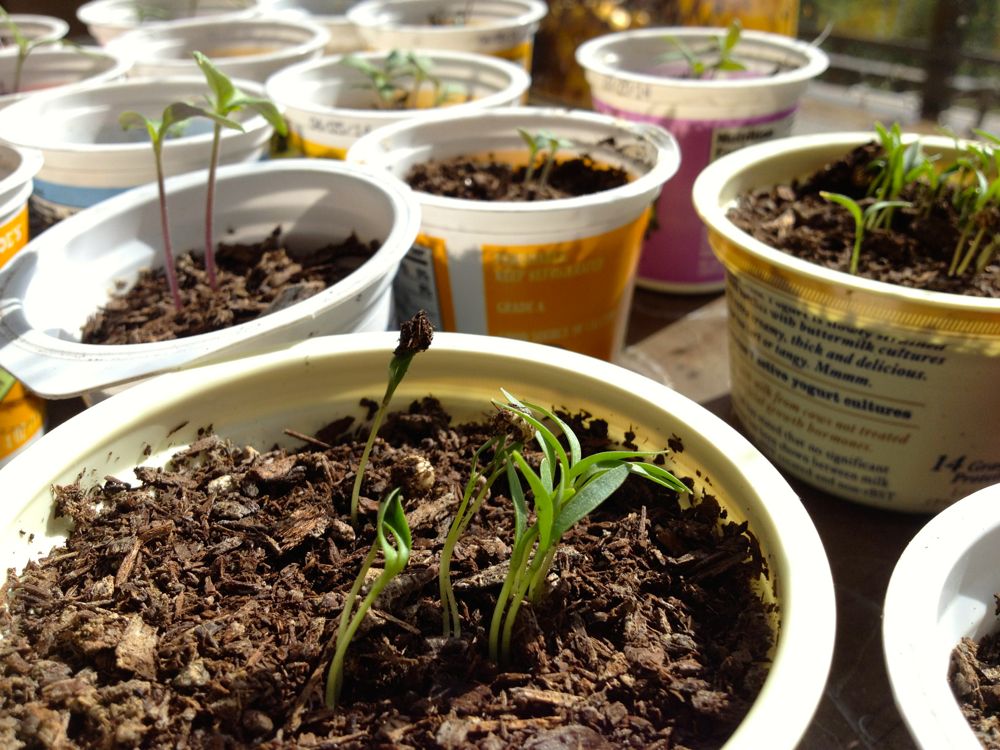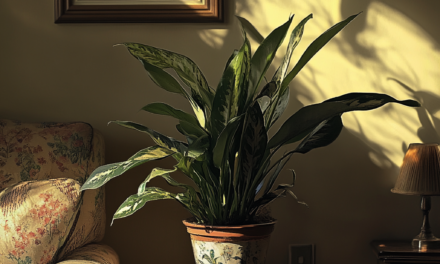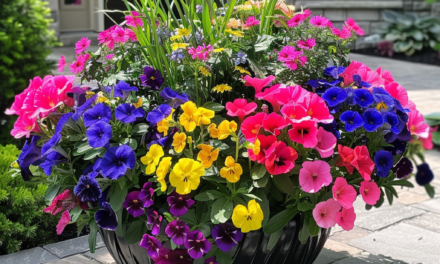A vegetable garden is a great way to save a little money on groceries in the summer. Additionally you get the benefit of knowing where your produce comes from and the reward of enjoying the literal fruits of your labor. The most cost-effective way to start a vegetable patch is with seeds rather than transplants.
Plan Your Garden and Buy Seeds
The first step is to know what you want to grow. Stake out an area in the garden so you know how much space you’ll have. Pick a sunny spot and plot the rows for different types of veggies. When you’re ready to buy seeds, be sure they come from a trusted source and are high quality.
When to Start Seeds
A good general rule is to start seeds between four and six weeks from the date of the last expected frost date. The last frost of spring in Bedford, Ohio can happen as late as the end of May so you want to count back from the last day of May.
Cold-weather vegetables can be started earliest—start broccoli, cabbage, and lettuces as soon as ten weeks ahead of the last frost. Start seeds for warm-weather tomatoes, peppers and eggplants about six weeks in advance, and for melons and cucumbers, four weeks is adequate.
Prepare Soil and Containers
Start seeds indoors to protect them from frost. You’ll need just a simple container and a quality potting mix. Any old plastic container will work, even used but clean yogurt cups. Just be sure that there are drainage holes in the bottom. If you saved transplant containers for annuals from last year, these make good seed trays as well. And, of course you can buy seed trays online or at a garden store.
Plant and Seeds and Keep them Moist
Wet the soil mix before planting the seeds. The soil should be moist but not soaking. Once the seeds are in the soil, cover the containers with plastic wrap to keep the moisture in. Add water if necessary to keep the soil damp.
The depth and spacing of seeds will vary depending on the plant type. Check the seed packet instructions. In general, you can plant a seed to a depth that is about two or three times the width of the seed. Plant them too deep in the soil and they will never emerge.
Watch for Seedlings and Provide Light
Keep the seed tray or small containers in a spot that is neither too warm nor too cold. Temperatures between 65F and 75F are ideal. A soon as you see leaves emerge from the soil it’s time to remove the plastic wrap and provide some light. You can place the seedlings in a sunny window or provide artificial overhead lighting.
Thin and Harden off Seedlings
Thin the seedlings once they are a few inches tall and have two definite leaves each. Remove the smaller seedlings. Once the last frost has passed you can plant your seedlings outside, but move them gradually. First, put the containers outside in a sheltered area for a couple of days. This helps harden the plants but also gives you a chance to bring them indoors if there is an unexpected temperature drop.






